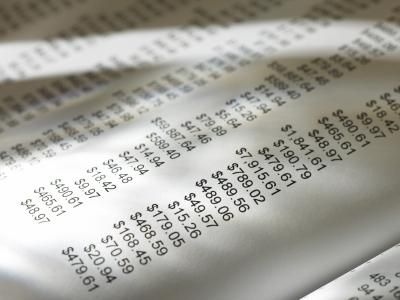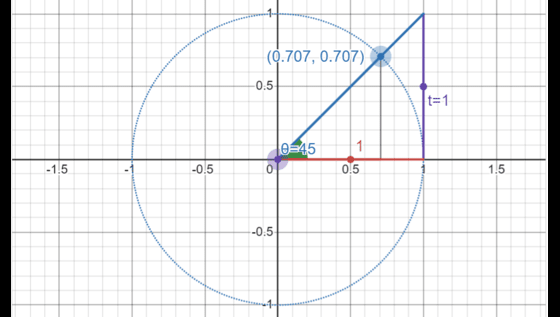Overview:
In many chemical reactions there is an excess reactant a limiting reactant. The amount of product produced is determined by the stoichiometric calculations using the amount of limiting reactant present in the reaction. This means that not all of the excess reactant is used up during the reaction since there is no more of the other reactant present to react with.
Simpler Terms:
It is easier to think of limiting and excess reactants in terms of baking. If a recipe calls for 1 cup of peanut butter, and 3 cups of sugar to make 12 cookies and you start with 3 cups of peanut butter and 12 cups of sugar based on the amount of peanut butter you have you could make 36 cookies but based on the amount of sugar you have you could make 48 cookies. In this case peanut butter is our limiting reactant and we can only make 36 cookies but will have 3 cups of sugar left over when we are finished which means it is our excess reactant.
The idea behind limiting and excess reagents is identical to what we did above with the baking except we are dealing with elements instead of ingredients.
Example Question:
Four moles of propane reacts with ten moles of oxygen. How much carbon dioxide will be produced from this reaction?
Step One:
The first step in determining the excess and limiting reactants is to have your equation fully balanced so you can see the stoichiometric ratios between the different compounds.
C3H8 + 5 O2 → 3 CO2 + 4 H2O
Step Two:
The next step is to determine the conversion factor to multiply the moles of each element by to find the amount of product it will produce. To find the conversion factor simply divide the element by its coefficient and then multiply by the coefficient of the element you wish to know the amount of moles of.
O2 → CO2 conversion factor = 3/5
C3H8 → CO2 conversion factor = 3/1
Step Three:
Repeat step two for all the reactants in the equation with the amount of moles you have for that reactant and whichever one yields the least amount of product is the limiting reactant. All the other reactants are excess reactants. Use the limiting reactant for the amount of product formed.
Ten moles of O2 will produce, 10 * 3/5 = 6 moles of CO2 produced
Four moles of C3H8 will produce, 4 * 3/1 = 12 moles of CO2 produced
To answer the question at the beginning, when four moles of propane reacts with ten moles of oxygen only 6 moles of carbon dioxide will be produced and there will be an excess of propane at the end.




